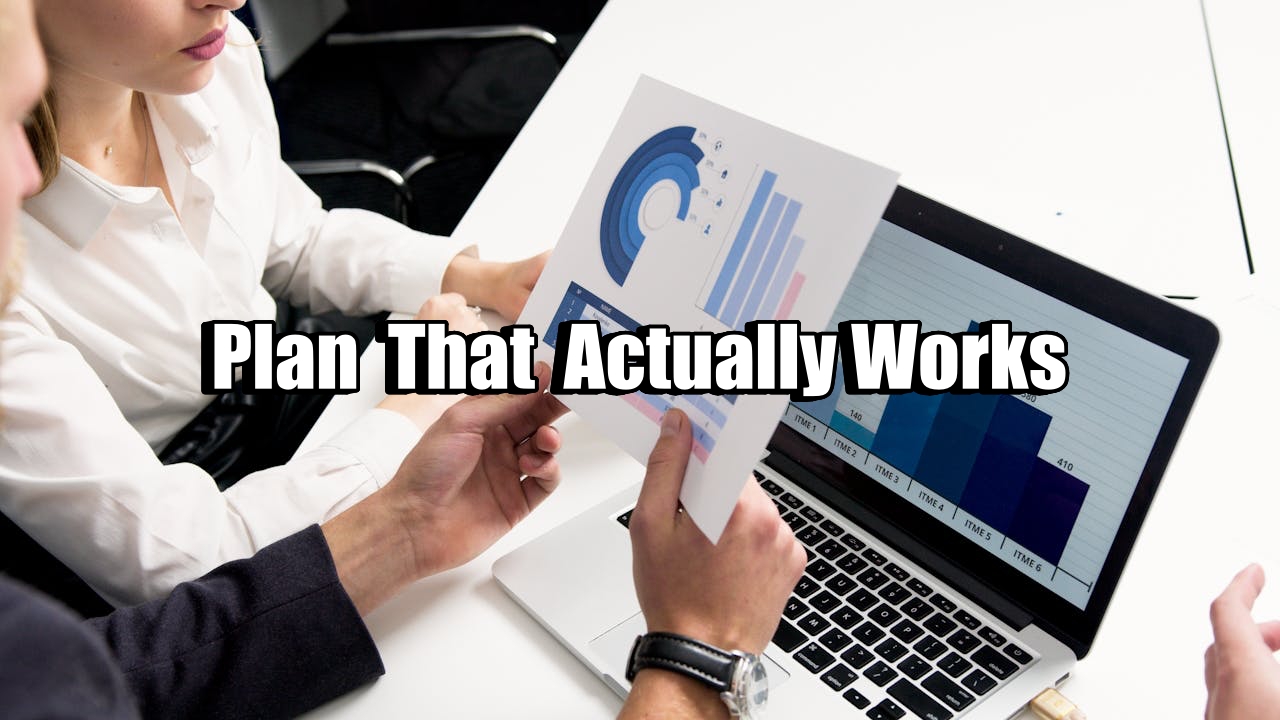Skip to content
Creating a Work-Life Balance Plan That Actually Works
In today’s hyper-connected world, work-life balance can feel more like a buzzword than a real possibility. Emails never sleep, to-do lists multiply overnight, and boundaries between “work” and “life” blur into one endless cycle. But here’s the truth: balance is possible — not by aiming for perfection, but by creating a plan that’s intentional, flexible, and personal to you.
Here’s how to create a work-life balance plan that actually works — and lasts.
1. Define What Balance Looks Like for You
Forget the Instagram version of balance — no one lives on a beach with perfect lighting and zero unread emails. Your balance might mean finishing work by 6 p.m., having Sundays completely unplugged, or getting in 30 minutes of movement a day.
Start by asking:
-
What areas of my life need more attention right now?
-
What activities make me feel energized and grounded?
-
What does “enough” look like in both work and life?
When you define your version of balance, it becomes much easier to build a plan that aligns with your reality.
2. Set Boundaries — And Actually Keep Them
It’s not enough to know your limits — you have to protect them.
Try these practical steps:
-
Set clear “on” and “off” hours (and stick to them).
-
Turn off non-urgent notifications after hours.
-
Communicate boundaries with your team, clients, or family.
-
Create a physical or digital “shutdown” routine at the end of your workday.
Remember: boundaries are a form of self-respect. They teach others how to treat your time — and remind you to honor it, too.
3. Audit and Adjust Regularly
Your life changes — so should your balance plan. Check in monthly or quarterly:
-
What’s working?
-
What’s not?
-
Where am I overcommitted?
-
Where do I need to say “no” or ask for help?
Balance is dynamic. It shifts with your season of life, work responsibilities, and personal goals. Regular check-ins help you course-correct before burnout creeps in.
4. Prioritize Energy, Not Just Time
You don’t just need more time — you need better energy. Start tracking what drains and fuels you.
-
Group similar tasks to reduce decision fatigue.
-
Build in small recovery breaks (yes, lunch counts!).
-
Move your body, hydrate, and get sunlight — your brain will thank you.
-
Protect creative time like it’s a meeting with your most important client.
Energy management is the secret weapon most productivity systems forget. Use it.
5. Make Room for What (and Who) Matters
Life isn’t a checklist — it’s a series of moments. So create space for the people, passions, and activities that light you up.
Schedule joy with the same commitment you give to meetings. Put connection, rest, and fun on the calendar. Don’t wait for “when things slow down.” Create balance now, in small consistent ways.
Final Thoughts
Work-life balance isn’t about doing it all — it’s about doing what matters well.
It’s not always easy, but it is worth the effort.
With a clear plan, healthy boundaries, and regular reflection, you can build a life where both work and well-being thrive.
What does your version of balance look like?
Share your thoughts — your next insight might inspire someone else’s breakthrough.
#WorkLifeBalance #HealthyHabits #MindfulLiving #PersonalDevelopment #TimeManagement #WellBeingAtWork #SustainableSuccess #IntentionalLiving #LifeByDesign

No responses yet